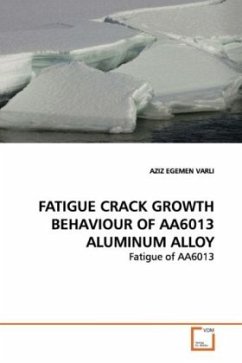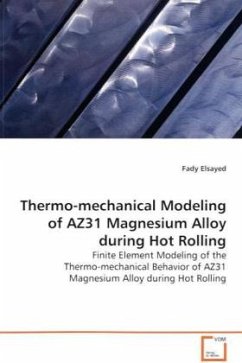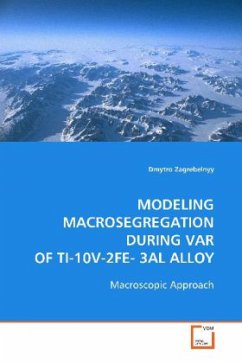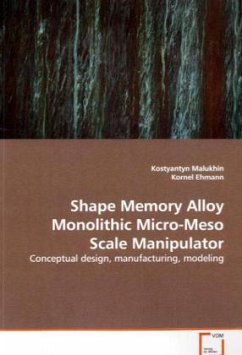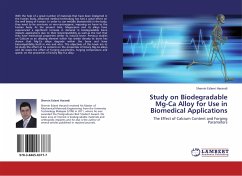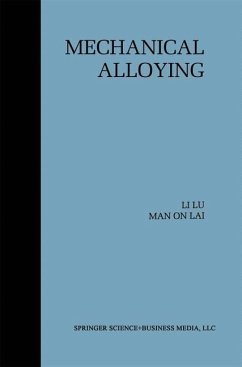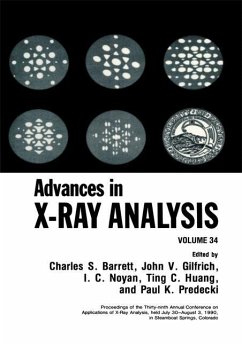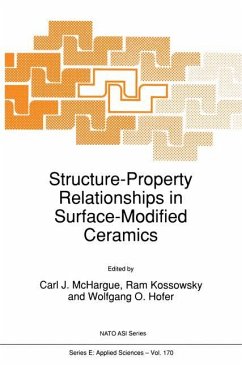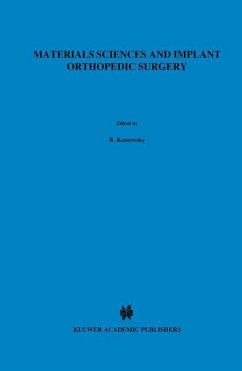
Study of SnAgCu Alloy Reliability
Material Microstructural Evolution and Laser Moire Interferometry
Versandkostenfrei!
Versandfertig in 6-10 Tagen
45,99 €
inkl. MwSt.

PAYBACK Punkte
23 °P sammeln!
This work aims to understand the reliability ofSnAgCu solder interconnects used in PBGA packagesusing microstructure evolution, laser moiréinterferometry and finite-element modeling. Aparticle coarsening based microstructure evolution ofthe solder joint material during thermal excursionswas studied for extended periods of time lasting forseveral months. The microstructure evolution andparticle coarsening was quantified, and accelerationfactors were determined between benign field-useconditions and ATC conditions for PBGA packages withdifferent form factors and for two differentlead-free solde...
This work aims to understand the reliability of
SnAgCu solder interconnects used in PBGA packages
using microstructure evolution, laser moiré
interferometry and finite-element modeling. A
particle coarsening based microstructure evolution of
the solder joint material during thermal excursions
was studied for extended periods of time lasting for
several months. The microstructure evolution and
particle coarsening was quantified, and acceleration
factors were determined between benign field-use
conditions and ATC conditions for PBGA packages with
different form factors and for two different
lead-free solder alloys. A new technique using laser
moiré interferometry was developed to assess the
deformation behavior of SnAgCu based solder joints
during thermal excursions. This technique can used to
estimate the fatigue life of solder joints quickly in
a matter of
few days instead of months. FEA in conjunction with
experimental data from the ATC for different
lead-free PBGA packages was used to develop a fatigue
life model that can be used to predict solder joint
fatigue life for any PBGA package.
SnAgCu solder interconnects used in PBGA packages
using microstructure evolution, laser moiré
interferometry and finite-element modeling. A
particle coarsening based microstructure evolution of
the solder joint material during thermal excursions
was studied for extended periods of time lasting for
several months. The microstructure evolution and
particle coarsening was quantified, and acceleration
factors were determined between benign field-use
conditions and ATC conditions for PBGA packages with
different form factors and for two different
lead-free solder alloys. A new technique using laser
moiré interferometry was developed to assess the
deformation behavior of SnAgCu based solder joints
during thermal excursions. This technique can used to
estimate the fatigue life of solder joints quickly in
a matter of
few days instead of months. FEA in conjunction with
experimental data from the ATC for different
lead-free PBGA packages was used to develop a fatigue
life model that can be used to predict solder joint
fatigue life for any PBGA package.



